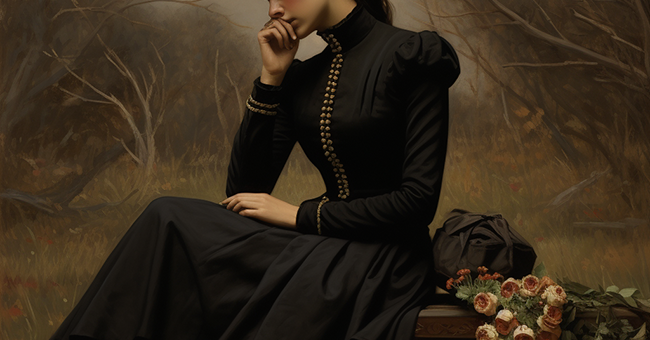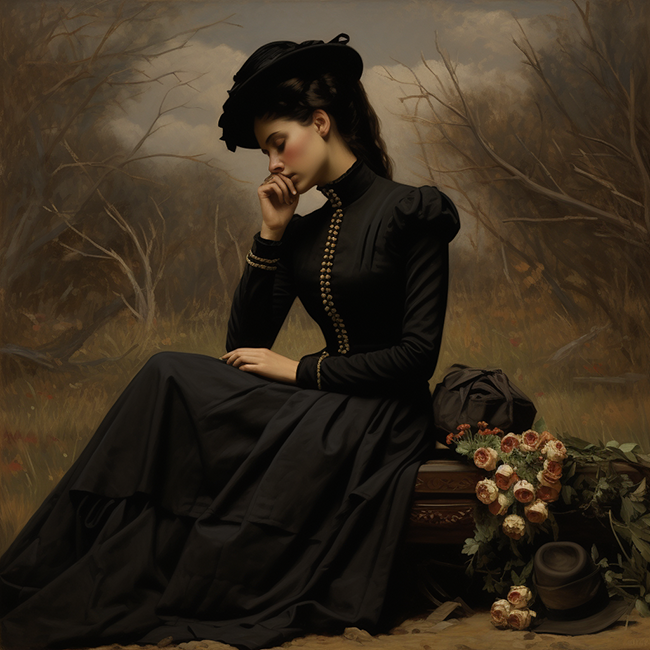
Contagious magic is a concept within the study of magic and religion that says objects or individuals can affect each other through physical contact or proximity.
It’s based on the principle that things once in contact with each other can afterward influence one another.
This form of magic is often contrasted with sympathetic magic, which is based on the principle of similarity, where things that resemble each other can influence one another in the absence of physical contact.
Contagious magic is rooted in the belief that personal power or essence can reside in personal belongings, body parts, or even shadows and footprints, making them a focus for magical practices.
Here are five examples of how contagious magic was performed.

1. Hair and Nail Clippings
In many cultures, it was believed that items like hair or nail clippings retained a strong connection to their owner. Therefore, these items could be used in spells or curses, with the belief that whatever was done to these items would be felt by the person they were taken from.
This is why in some traditions, individuals go to great lengths to dispose of their hair and nails safely.
2. Clothing and Personal Belongings
Similar to hair and nail clippings, clothing and personal belongings that have been in close contact with someone are believed to hold part of that person’s essence. Thus, possessing someone’s clothing could enable a practitioner of magic to cast spells that would affect the person.
For example, a spell for love, protection, or harm could be performed on a piece of clothing to influence the person who wears it.

3. Footprints
In some magical traditions, footprints were believed to contain a part of the individual’s essence. By performing rituals or casting spells on someone’s footprint, one could cause the person to become stuck, lead them to or away from a place, or inflict pain or disease.
4. Shadows
Shadows have been considered an extension of the person or object casting them. Capturing or casting a spell on a shadow was another form of contagious magic, with the belief that influencing the shadow could, in turn, affect its owner.
This could be used for various purposes, including binding a person to will or harming them.
5. Letters and Photographs
With the advent of photography and widespread literacy, letters and photographs became part of practices involving contagious magic.
Since these items are closely connected to their subjects, they were used in spells and rituals intended to affect the person depicted or who wrote the letter. This included love spells, healing rituals, or curses.

